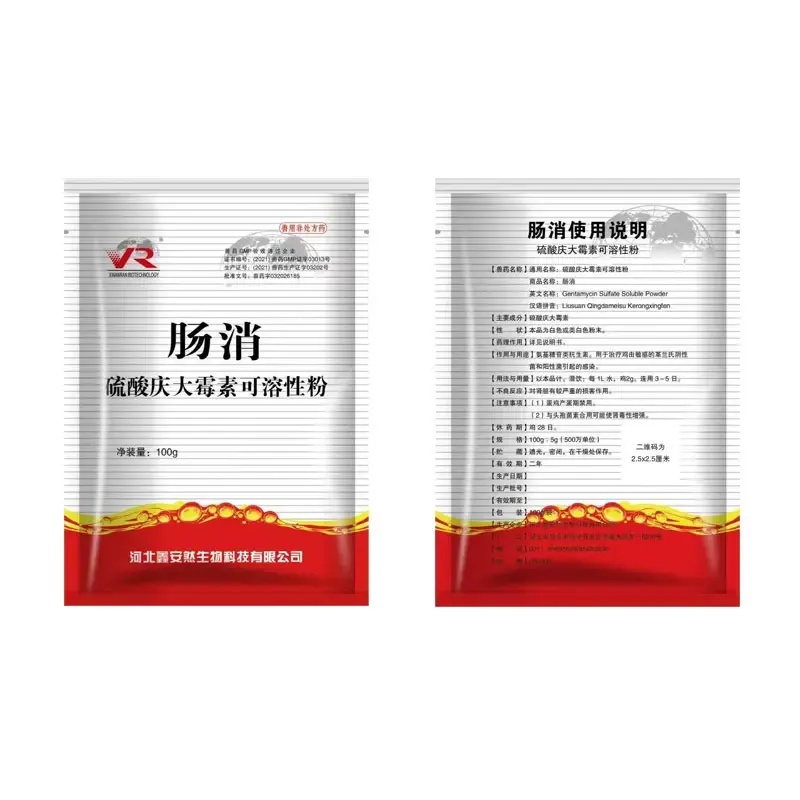- Afrikaans
- Albanian
- Amharic
- Arabic
- Armenian
- Azerbaijani
- Basque
- Belarusian
- Bengali
- Bosnian
- Bulgarian
- Catalan
- Cebuano
- Corsican
- Croatian
- Czech
- Danish
- Dutch
- English
- Esperanto
- Estonian
- Finnish
- French
- Frisian
- Galician
- Georgian
- German
- Greek
- Gujarati
- Haitian Creole
- hausa
- hawaiian
- Hebrew
- Hindi
- Miao
- Hungarian
- Icelandic
- igbo
- Indonesian
- irish
- Italian
- Japanese
- Javanese
- Kannada
- kazakh
- Khmer
- Rwandese
- Korean
- Kurdish
- Kyrgyz
- Lao
- Latin
- Latvian
- Lithuanian
- Luxembourgish
- Macedonian
- Malgashi
- Malay
- Malayalam
- Maltese
- Maori
- Marathi
- Mongolian
- Myanmar
- Nepali
- Norwegian
- Norwegian
- Occitan
- Pashto
- Persian
- Polish
- Portuguese
- Punjabi
- Romanian
- Russian
- Samoan
- Scottish Gaelic
- Serbian
- Sesotho
- Shona
- Sindhi
- Sinhala
- Slovak
- Slovenian
- Somali
- Spanish
- Sundanese
- Swahili
- Swedish
- Tagalog
- Tajik
- Tamil
- Tatar
- Telugu
- Thai
- Turkish
- Turkmen
- Ukrainian
- Urdu
- Uighur
- Uzbek
- Vietnamese
- Welsh
- Bantu
- Yiddish
- Yoruba
- Zulu
Nov . 30, 2024 18:36 Back to list
Effective Antibiotics for Treating Giardia Infections in Humans and Animals
Understanding Antibiotics Used for Giardia Treatment
Giardia lamblia is a microscopic parasite that causes giardiasis, a gastrointestinal infection characterized by diarrhea, abdominal pain, and malabsorption. This parasite is widely distributed and can be contracted through contaminated water, food, or surfaces. As giardiasis is a common infection, it’s important to know the antibiotics or medications used for effective treatment.
When it comes to treating giardiasis, the first line of defense typically involves specific antibiotics known to target the Giardia parasite. The most commonly prescribed medications are metronidazole, tinidazole, and nitazoxanide. Each of these has a distinct mechanism of action and effectiveness, offering options based on patient needs and existing health considerations.
1. Metronidazole (Flagyl)
Metronidazole is perhaps the most well-known antibiotic for giardiasis. This medication works by disrupting the DNA of the Giardia organism, ultimately leading to its death. Metronidazole is usually taken over a course of 5 to 7 days, with a recommended dosage of 250 to 750 mg taken three times daily. While it is effective, some patients may experience side effects such as nausea, a metallic taste, or dizziness. It is crucial for patients to complete the full course of treatment to ensure the complete eradication of the parasite.
2. Tinidazole (Tindamax)
what antibiotic is used for giardia

Tinidazole is another potent option for treating giardiasis. It is structurally similar to metronidazole but is often favored due to its shorter treatment duration; it can often be taken as a single dose of 2 grams or over a three-day period. Patients appreciate tinidazole for causing fewer side effects than metronidazole, making it a preferred choice for some clinicians. Additionally, tinidazole has demonstrated high efficacy against Giardia, leading to successful treatment in most cases.
Nitazoxanide is a newer medication utilized for the treatment of giardiasis and works by inhibiting the energy metabolism of the Giardia lamblia. It is effective not only against Giardia but also against other protozoan and helminthic infections. For giardiasis, it is typically prescribed in a dosage of 500 mg twice daily for three days. Nitazoxanide may also have a better safety profile, with fewer reported side effects compared to other medications, making it a good choice for certain populations, including children.
Considerations for Treatment
When opting for treatment, healthcare providers consider various factors, including the age of the patient, coexisting health conditions, and medication allergies. Pregnant or breastfeeding women may require special considerations, as certain antibiotics may not be advisable during these periods. Furthermore, the presence of concurrent infections or gastrointestinal conditions may influence the choice of antibiotic.
In conclusion, while giardiasis can be a challenging infection, effective antibiotic treatments are available. Metronidazole, tinidazole, and nitazoxanide provide various options suitable for different patient profiles. Patients experiencing gastrointestinal symptoms, particularly after possible exposure to contaminated water or food, should consult a healthcare professional for a proper diagnosis and treatment plan. Prompt and appropriate medical intervention can help relieve symptoms and prevent complications, enabling a quick return to health.
-
Guide to Oxytetracycline Injection
NewsMar.27,2025
-
Guide to Colistin Sulphate
NewsMar.27,2025
-
Gentamicin Sulfate: Uses, Price, And Key Information
NewsMar.27,2025
-
Enrofloxacin Injection: Uses, Price, And Supplier Information
NewsMar.27,2025
-
Dexamethasone Sodium Phosphate Injection: Uses, Price, And Key Information
NewsMar.27,2025
-
Albendazole Tablet: Uses, Dosage, Cost, And Key Information
NewsMar.27,2025













